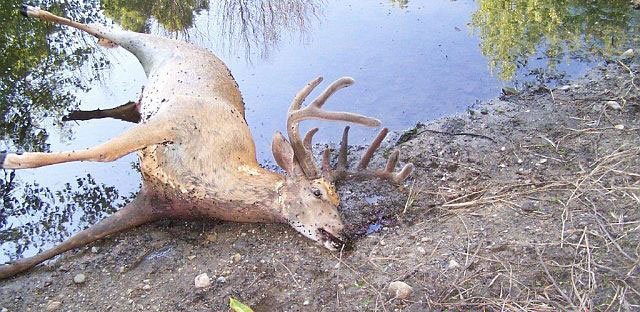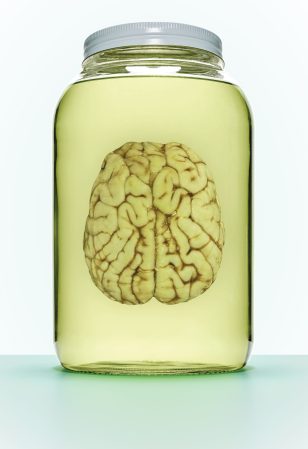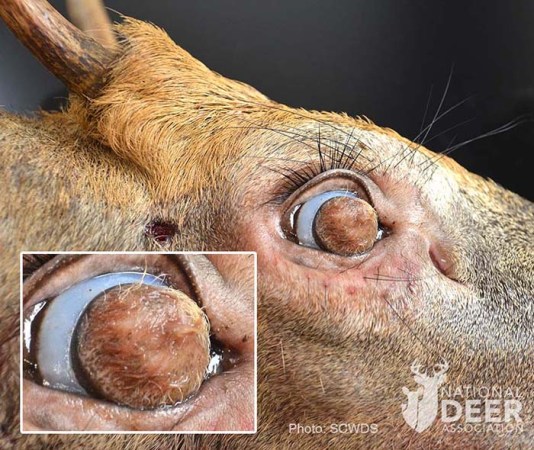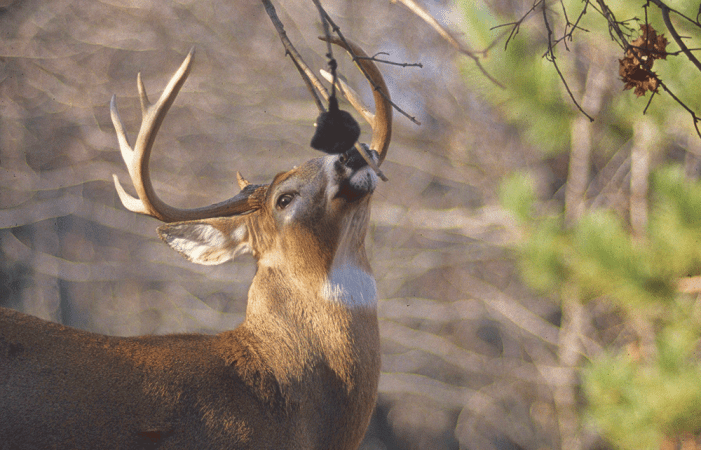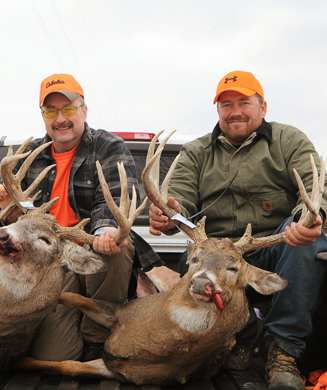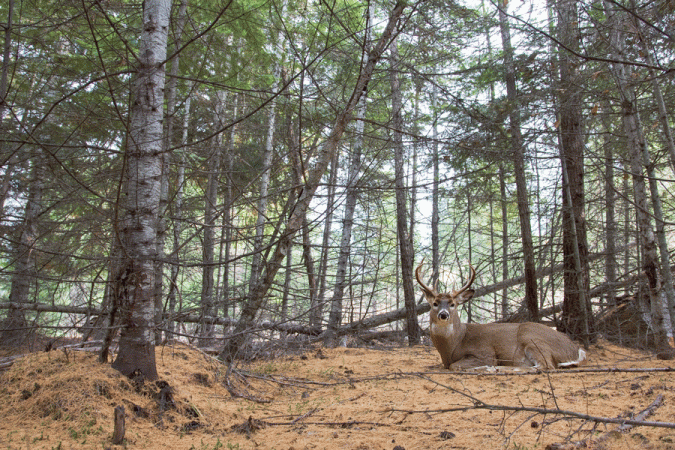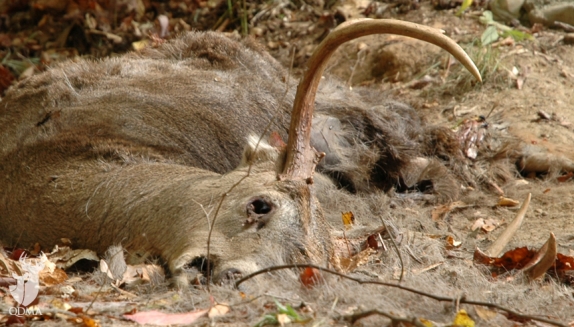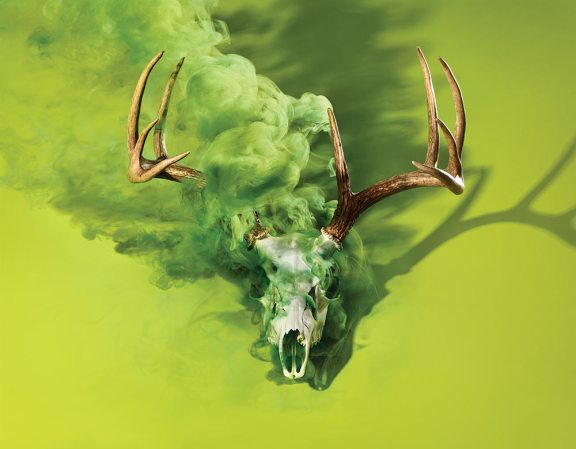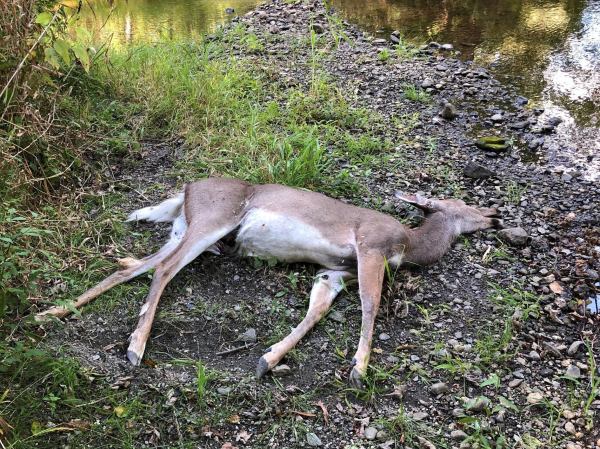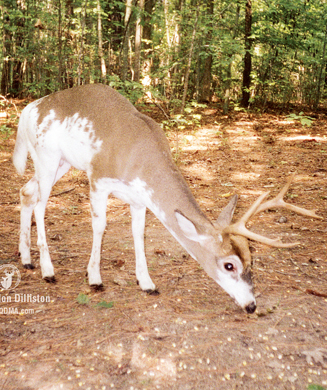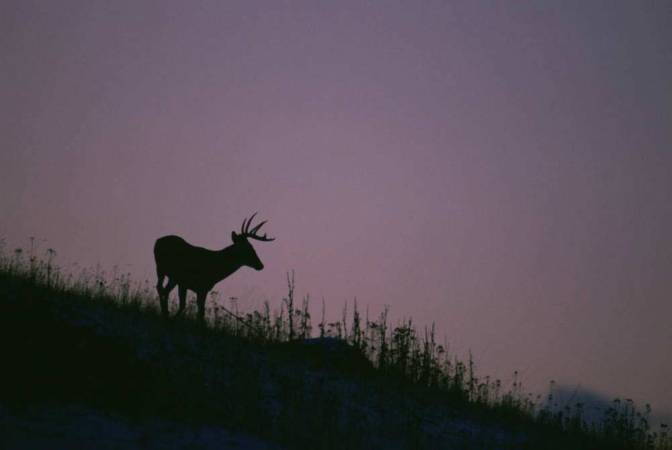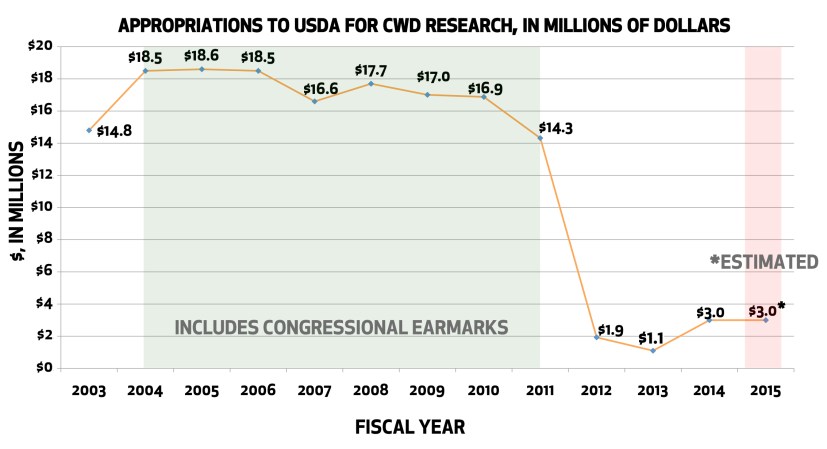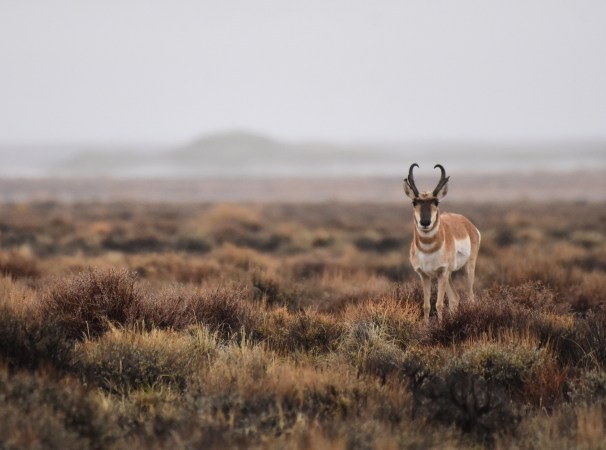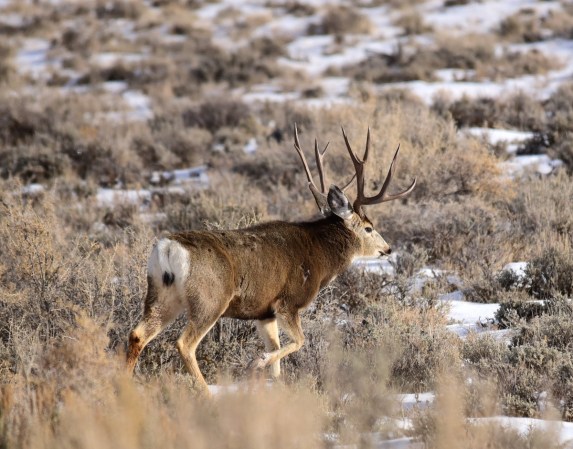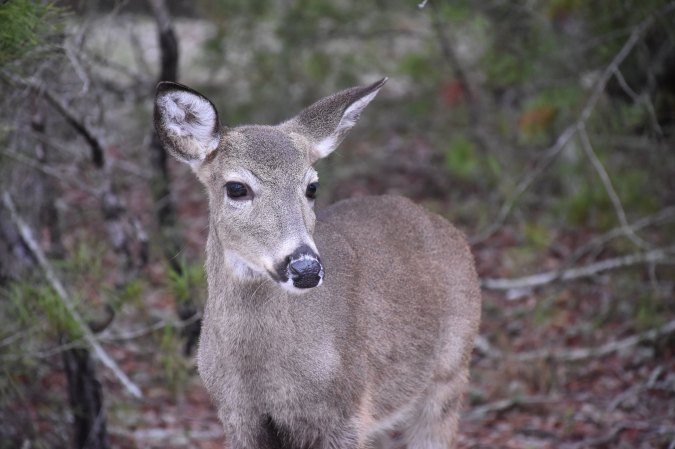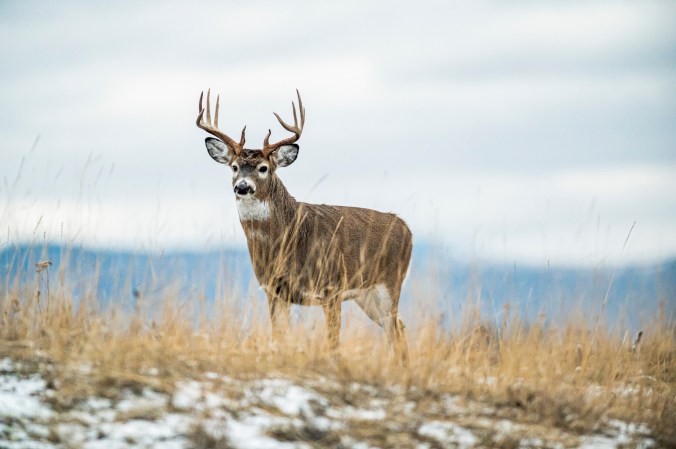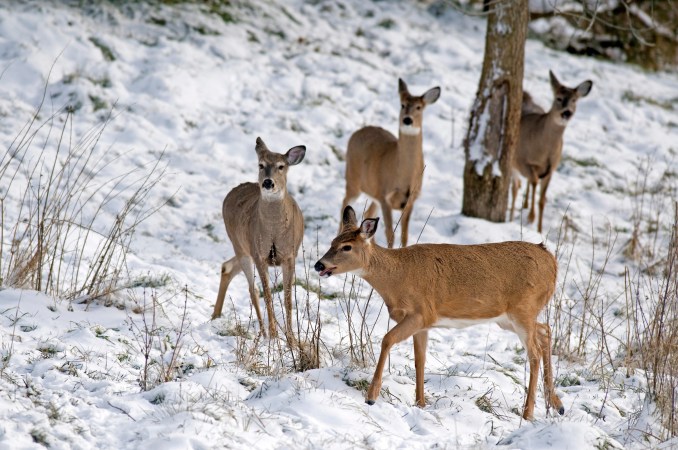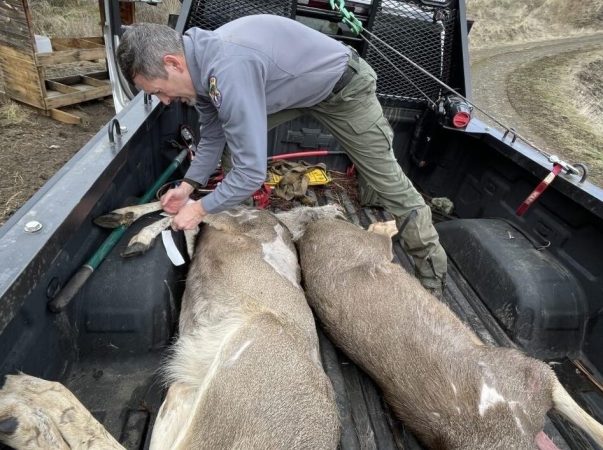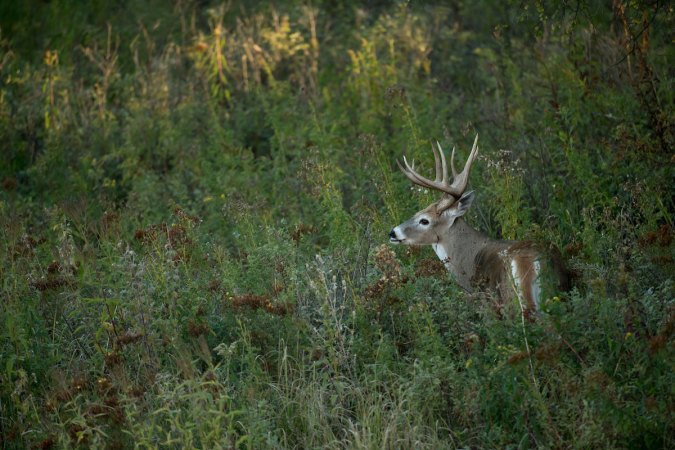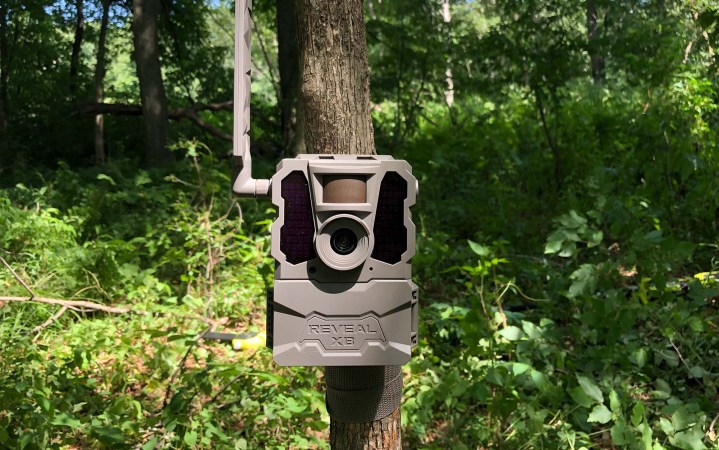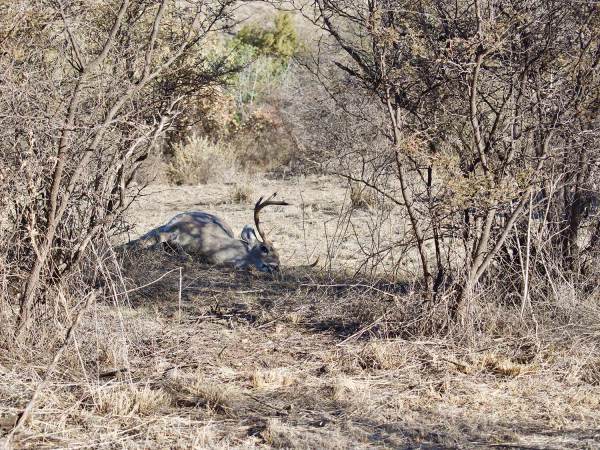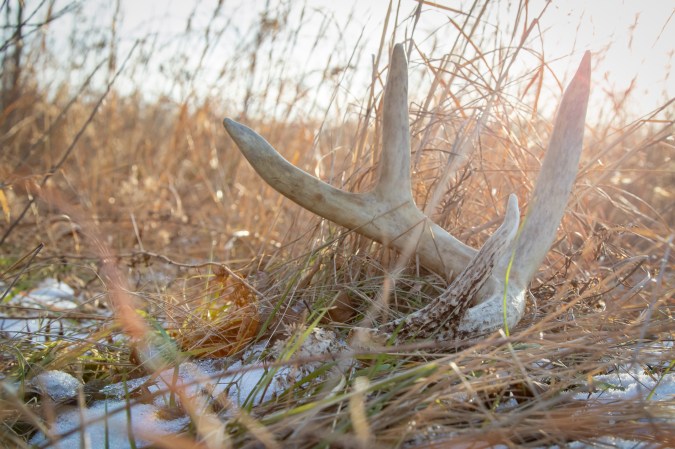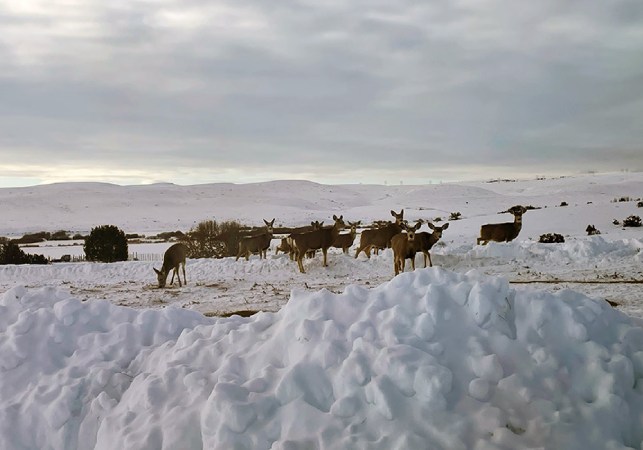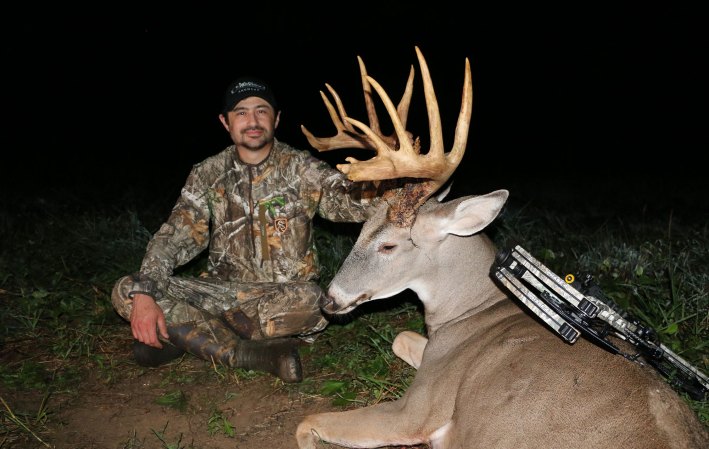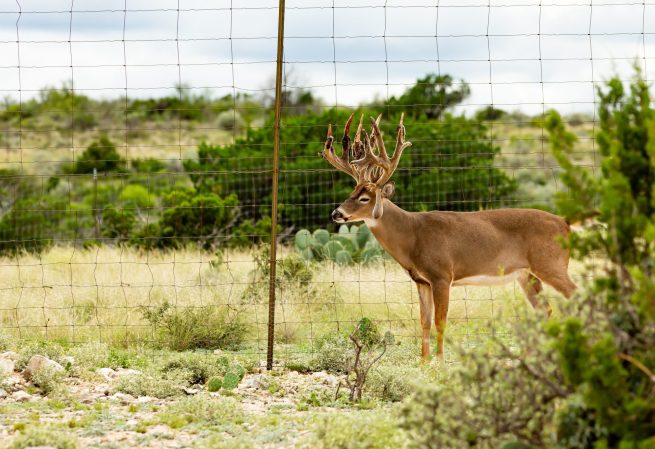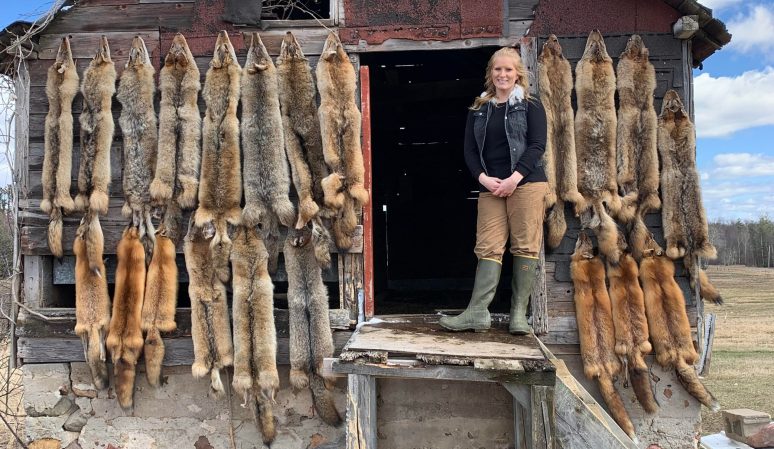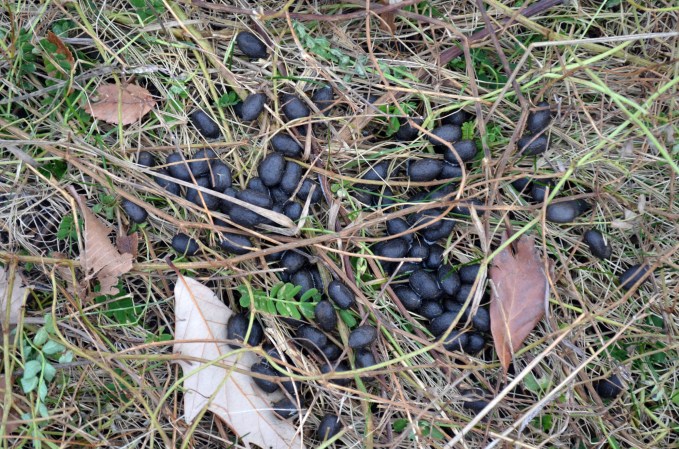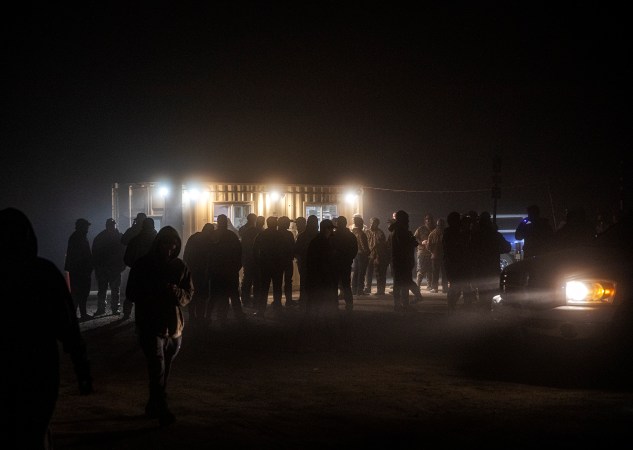Epizootic Hemorrhagic Disease (EHD) is one of the most feared deer diseases in North America. We have all too frequently been reminded of the devastating impact of this disease on deer. EHD (or “bluetongue” as it is often referred to) kills deer—and it kills lots of them.
The disease is spread by gnats and generally surfaces in the late-summer to early-fall months. Diseased deer are often found near water sources, since elevated body temperatures encourage them to seek out water. They often exhibit excessive salivation, show little fear of humans, and develop a severely swollen blueish tongue; evidence of organ hemorrhage is often present.
In past years (particularly 2007 and 2012), severe outbreaks of EHD have been documented, and deer herds were hit hard in some areas. Really hard. Deer hunting in affected areas often suffers for years after a severe outbreak.
The disease is transmitted by vector gnats that thrive in hot, dry summer conditions, conditions exactly like we are currently having across much of deer country. It is too early to tell if EHD will be a problem this year, but it is not too early to start keeping an eye out for outbreaks.
Late last month the National Deer Alliance (NDA) rightfully reached out to its membership with an EHD alert of sorts. They acknowledged the drought conditions present in many deer areas and encouraged everyone to be on the lookout for outbreaks. The NDA should be commended for sounding the call, and alerting the deer hunting community to the possible threat.
Early detection can help wildlife agencies mitigate the losses by adjusting harvests accordingly. It makes no sense to harvest a normal quota of deer from an area when Mother Nature has just taken a third of them.
The alert will put thousands of boots on the ground in a classic example of citizen science at its best. The agencies need hunters to monitor the situation. This is a great example how hunters and agency officials can and should be working together. We’re all hoping for a light EHD year, but it doesn’t hurt to be on alert.
Last week, when the sun dipped and the temps cooled, I fired up the ATV and took a spin around my hunting property. In addition to checking a dozen or so straw-colored food plots (read: drought), I checked the ponds, creeks, and water holes on the place. Nothing. If I had happened upon anything suspicious, however, I would have reported it to my state conservation department so they could check it out.
From here through the first freeze I will be checking the water holes weekly. And, so will thousands of other hunters.
